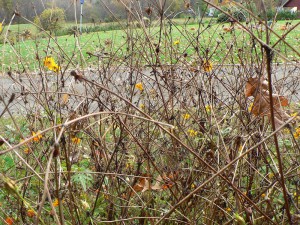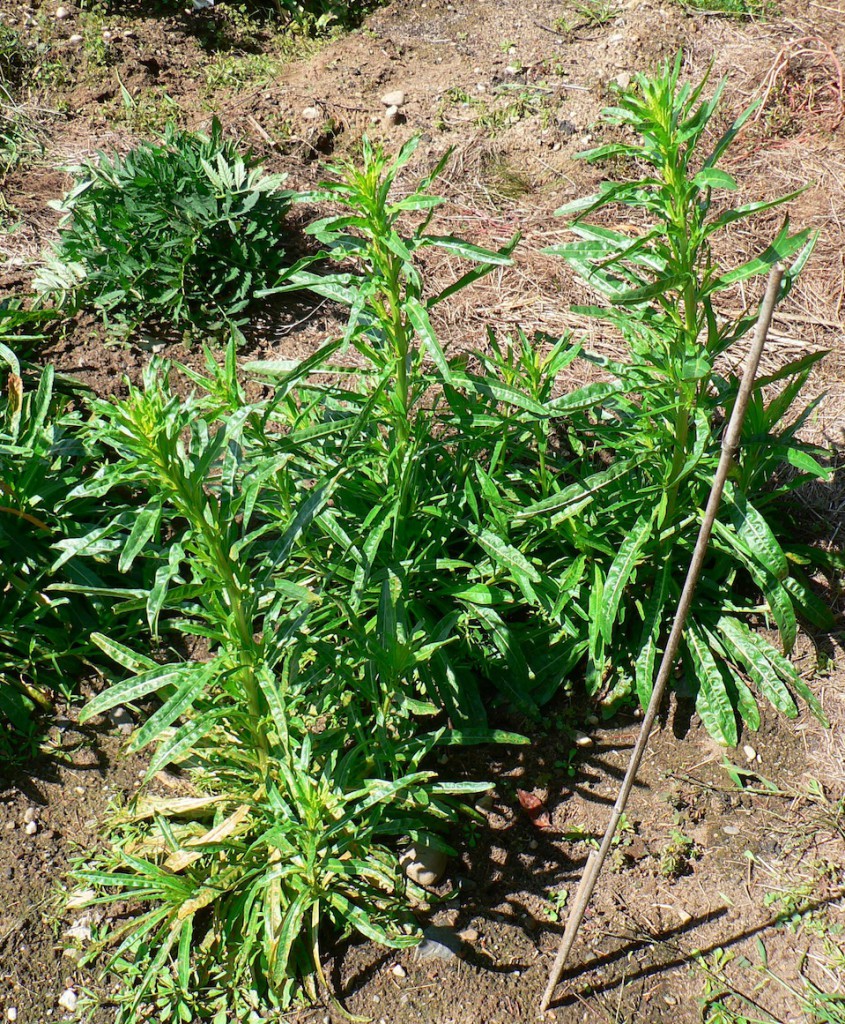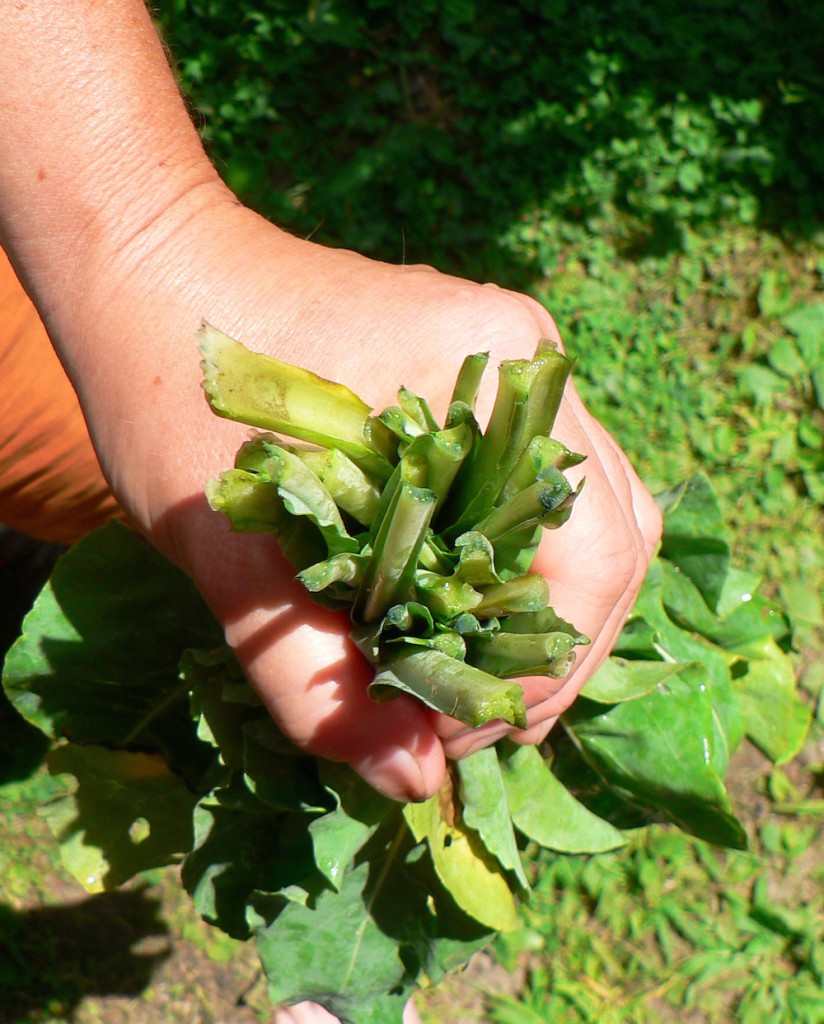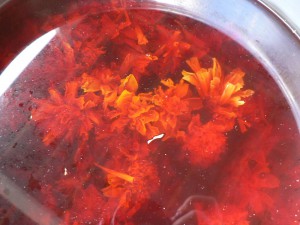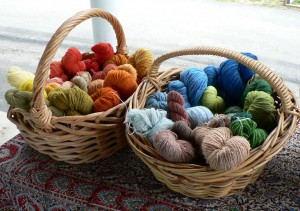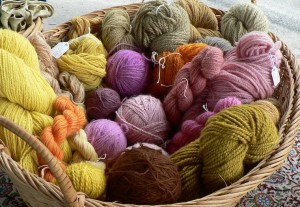The fiber and dye plants at my plot at Bramble Hill have done a brilliant job of setting seed this fall. It’s very exciting. Since it is nearly All Hallows Eve, or Samhain, or El Dia de los Muertos, depending on your tradition, I have been thinking a lot about the relationship between the dead and the living.
Harvest and abundance, frosts and death. Seeds carry us through from one season to the next, from the death of fall to the life of spring.
Orange cosmos are usually prolific, but this year seemed especially so. Here are some images of the cosmos plants back on October 19th when I harvested the Japanese indigo. A chaotic tangle of flowers, stalks, and seeds. Death and rebirth.

